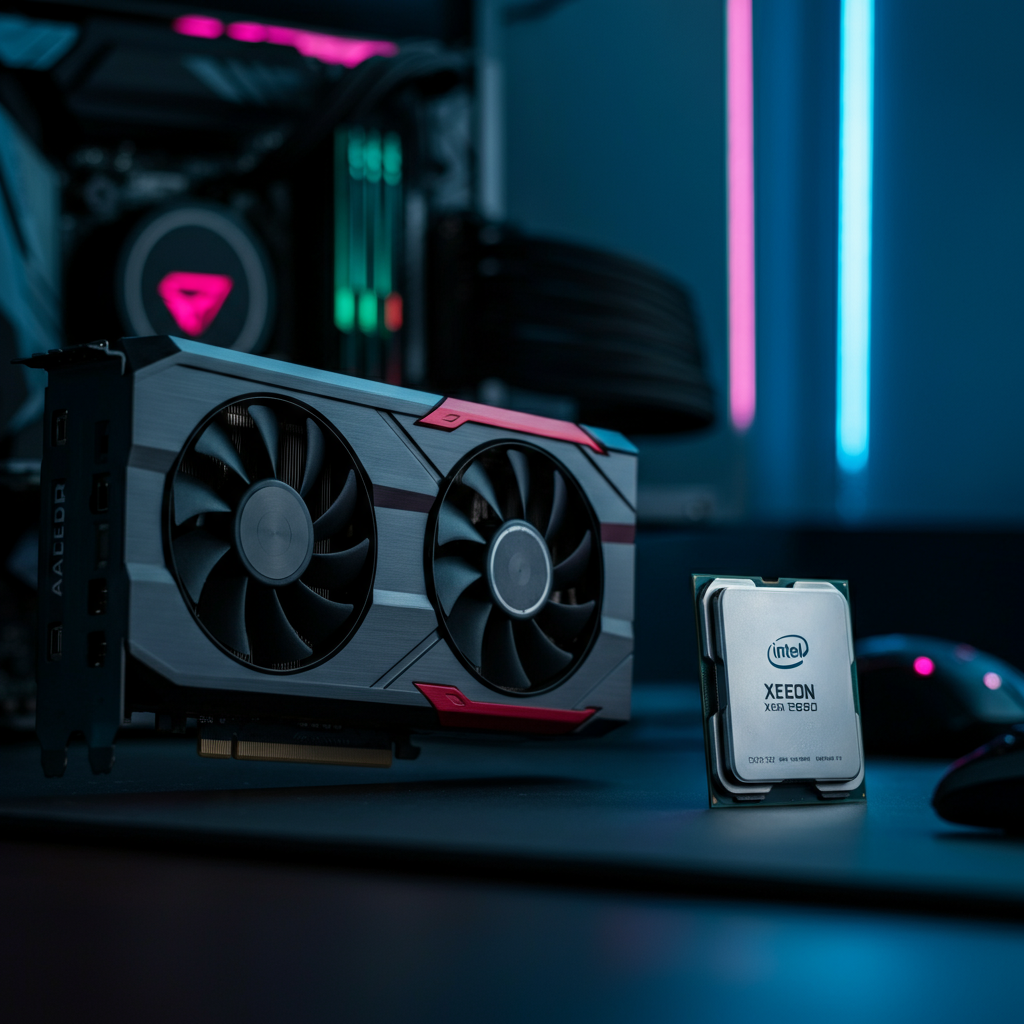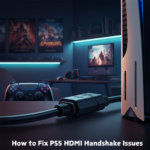Introduction
Are you wondering if a modern powerhouse like the Radeon RX 7900 XT can breathe new life into your aging Xeon X5680 system? Many PC enthusiasts are eager to pair high-end GPUs with legacy CPUs, but compatibility concerns often hold them back.
This blog will clarify everything you need to know about combining these two components. We’ll cover the tech specs, compatibility factors, potential performance bottlenecks, and practical use cases. By the end of this guide, you’ll be well-equipped to decide whether this unconventional pairing suits your needs or if it’s time for an all-out system upgrade.
Understanding the Components
Radeon RX 7900 XT – AMD’s Modern Marvel
The Radeon RX 7900 XT, built on AMD’s RDNA 3 architecture, is one of the most powerful GPUs on the market. Here’s what makes it stand out:
- PCIe 4.0 Interface: Offers ultra-fast data transfer, fully backward compatible with older PCIe generations.
- Advanced Ray Tracing: Immersive gaming experiences with realistic lighting and shadows.
- Massive Compute Power: Designed for gaming, creative applications, AI workloads, and more.
This card is an absolute beast, but does it belong in a system built around an older CPU?
Xeon X5680 – A Legacy Workhorse
Released in 2010, the Xeon X5680 is a 6-core, 12-thread processor built for professional workstation and server applications. Key features include:
- LGA 1366 Socket: Found in motherboards supporting PCIe 2.0 or 3.0, multiple memory channels, and robust multi-threading capabilities.
- Solid Multitasking: Ideal for heavy workloads back in its prime, but lacking modern instruction sets and optimizations.
- Legacy Chipset: Its ecosystem limits access to newer tech features essential for today’s GPUs.
Upgrading the GPU on such an old platform can be a mixed bag—it all depends on your use case!
Technical Compatibility
1. PCIe Compatibility
Modern GPUs like the Radeon RX 7900 XT use PCIe 4.0. However, the great news is that PCI Express standards are backward compatible. Here’s what to expect if you pair the RX 7900 XT with a PCIe 2.0 or 3.0 slot on a Xeon X5680 motherboard:
- Physical Fit: The RX 7900 XT will fit and function in PCIe 2.0/3.0 slots.
- Reduced Bandwidth: PCIe 2.0/3.0 provides less bandwidth than PCIe 4.0, but in gaming scenarios, the performance hit is often marginal.
Pro Tip: Ensure your motherboard’s PCIe x16 slot is in good condition for both physical and electrical connections.
2. BIOS and Firmware Updates
Older motherboards can sometimes struggle to handle modern GPUs due to outdated firmware. To avoid compatibility issues, consider the following steps:
- Update BIOS: Check your manufacturer’s site for updates specifically addressing PCIe compatibility.
- UEFI Boot Settings: Some modern GPUs require UEFI boot mode. Make sure your system supports this, or enable it if available.
- Memory Mapping: Older systems can have trouble addressing the larger VRAM sizes of modern GPUs. BIOS updates may resolve this.
3. Power Supply Compatibility
The RX 7900 XT is power-hungry, so you’ll need a PSU that matches its needs. AMD recommends a minimum of 750W for this card. Factor in the Xeon X5680’s power demands, and aim for a PSU with at least 850W.
Performance Implications
1. CPU Bottlenecks
The Xeon X5680 lacks the raw processing power to keep up with a modern GPU in certain applications. Here’s what you might encounter:
- Gaming Bottlenecks: Modern games rely heavily on single-core performance, an area where the Xeon X5680 falls short. Expect the CPU to limit the RX 7900 XT’s full potential.
- Workload-Specific Results: For rendering, video editing, or other GPU-bound tasks, the pair may perform better since the GPU does most of the heavy lifting.
2. PCIe Generation Impact
Running the RX 7900 XT on a PCIe 2.0/3.0 slot will also affect performance due to lower bandwidth.
- Gaming: Benchmarks show performance degradation is small (~5-10%) compared to PCIe 4.0.
- Data-Intensive Tasks: Tasks involving large data transfers, like AI model training, will suffer more noticeable slowdowns.
Expert Insight: “While PCIe 2.0 and 3.0 are limiting compared to newer standards, today’s GPUs are extremely efficient at adapting to available bandwidth.” – John Meyers, Tech Expert
Practical Scenarios for This Pairing
When It Works
- Budget Builds: If you already own the Xeon X5680 and a compatible motherboard, adding a modern GPU is a cost-effective upgrade.
- GPU-Heavy Tasks: Use cases like rendering, video encoding, or scientific computing that rely on GPU power rather than CPU speed.
- Transitional Systems: Extend the life of your older system before eventually upgrading the entire platform.
When to Avoid
- Gaming-Centric Builds: For competitive or AAA gaming, modern CPUs with optimized single-core performance are a must.
- Future-Proofing: Investing in a dated CPU platform limits the long-term value of your upgrades.
Expert Tips for Maximizing Compatibility
- Monitor Temps: Older cases and cooling systems might struggle to handle the combined thermal output of the RX 7900 XT and Xeon X5680.
- Optimize Settings: Adjust in-game settings like resolution or effects to reduce CPU strain.
- Consider Dual Builds: Use the Xeon system for GPU-heavy tasks, and a newer system for gaming/content creation.
FAQs
1. Can the Radeon RX 7900 XT work with any PCIe 3.0 motherboard?
Yes, as long as the motherboard has a PCIe x16 slot and compatible BIOS, the GPU will function.
2. How much performance do I lose with PCIe 2.0 or 3.0?
Most gaming scenarios experience only a 5-10% drop in performance. Data-heavy tasks may see more significant slowdowns.
3. Does the Xeon X5680 bottleneck the RX 7900 XT in games?
Yes, the Xeon X5680’s older architecture can limit performance in CPU-bound tasks like gaming.
4. Will a motherboard BIOS update make a difference?
Absolutely. Many manufacturers include updates to improve support for modern hardware. Always check for updates before installing new components.
5. Should I upgrade my entire system instead?
If gaming or future-proofing is your goal, upgrading to a newer CPU, motherboard, and RAM is likely the better option.
Final Thoughts
Can you pair the Radeon RX 7900 XT with a Xeon X5680? Technically, yes. Practically, it depends on your use case. For cost-conscious users focused on GPU-heavy workloads, this can be a viable interim solution. However, to truly unlock the GPU’s potential, a full system upgrade remains the best route for modern gaming and performance-intensive applications.
Looking for more tech advice? Visit Techy Vibe for in-depth guides and the latest trends.



